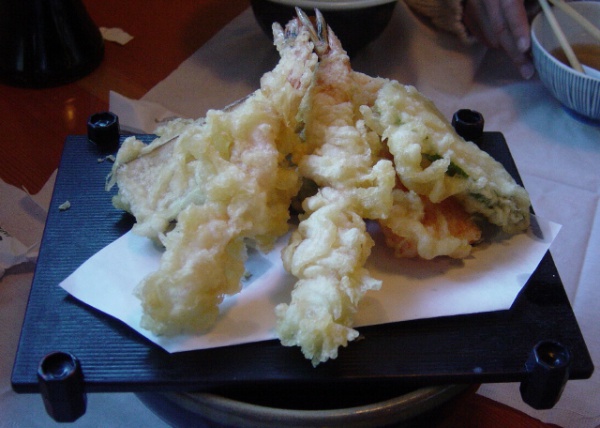Facts About Tempura
Tempura is a cherished Japanese dish comprised of seafood, meat, and vegetables that are delicately battered and deep-fried to perfection. Its origins can be traced back to the 16th century when Portuguese missionaries in Nagasaki introduced their fritter-cooking techniques to Japan. The name "tempura" is derived from the Latin phrase "quatuor anni tempora" referring to Ember Days, a period traditionally marked by the avoidance of meat.
The secret to achieving perfect tempura lies in its batter, which is crafted from iced water, soft wheat flour, eggs, baking soda or powder, starch, and a hint of spices. The key is to mix the batter minimally to ensure it remains light and crisp during frying. While vegetable oil is commonly used for frying tempura, some specialty establishments prefer sesame oil for its distinctive flavor. Popular ingredients for tempura include shrimp and a variety of vegetables.
Tempura is typically served with a dipping sauce or a sprinkle of salt, but it can also be incorporated into other dishes such as soba or udon soup. In Japan, it's common to encounter tempura in dishes like tempura soba (tempura paired with buckwheat noodles), tendon (tempura served over rice), and tempura udon (tempura with thick wheat noodles). The dish's history reflects a fusion of Portuguese culinary techniques and the fast-food culture of the Edo period.
Globally, tempura has inspired many variations that use different ingredients and batters. Fusion dishes often feature non-traditional ingredients like broccoli, zucchini, and even ice cream. In Taiwan, a similar dish called "tiānfùluó" is popular in Japanese restaurants, while a local variation known as "tianbula" is a staple at night markets.
